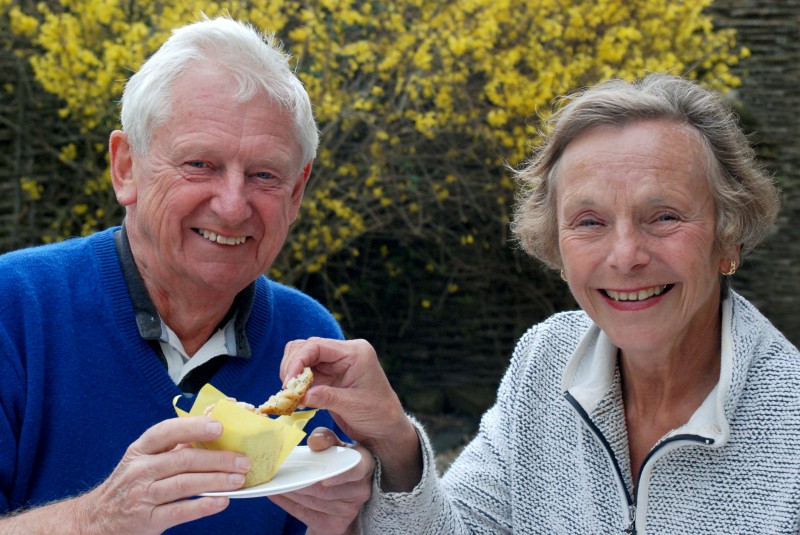
An estimated 350,000 people aged over 65 in the UK are vegetarian and vegan, and this number is rising. Of these, over 7,000 already live in UK care homes. Research shows that the number of residents following a vegan diet in UK residential care homes has risen by 167 per cent since 2014. So, as care home chefs, ensuring that you know how to provide well-balanced, tasty and nutritious vegan meals is more important than ever.
Knowing what vegans do and don’t eat is the obvious starting point. Most vegetarians do not eat meat or fish, but will eat eggs and dairy products. Vegans choose not to eat or use any animal products at all. So they do not eat meat or fish, and also avoid all animal products such as honey, eggs and dairy. This might sound a little restrictive and daunting, however check out V for Life's Vegan Rescue Pack with lots of tips, inspiring recipes, and sample menu planners to assist you, especially if you are short on time.
As a chef, I want things to be as straightforward as possible in the kitchen – over the years I've put together many vegan menus. Planning and organisation are key. You may find yourself catering for just one or two veg*n residents as well as your other residents, many of whom may also be following special diets. To ensure that you cater well for your veg*n residents you don’t need to spend hours in the kitchen, or radically change your cooking methods and practises. Here are some tips to ensure your menus are vegan friendly, without adding hours in the kitchen:
- Think about your existing menus. Do you already have some veg*n options on your menus? What meat-free dishes would complement what is already there in terms of style and process? You don’t need to serve a completely different option. If you’re already making a Shepherd’s pie or spaghetti Bolognese for example you can easily make a vegan version on the same day using veggie mince or lentils.
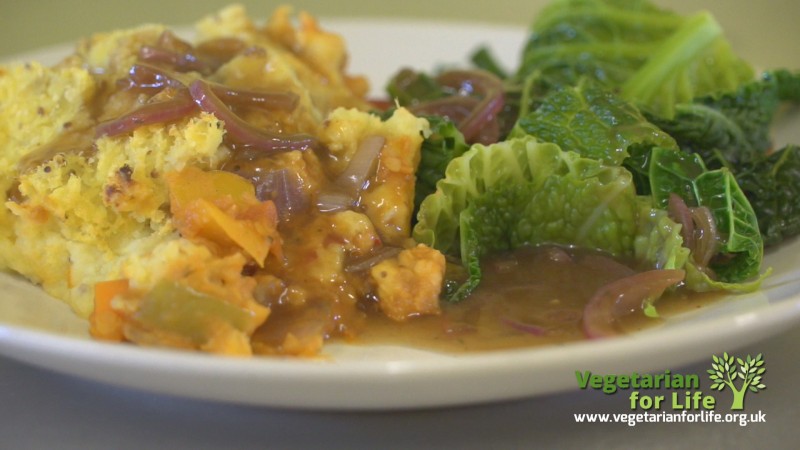
- Find out what the person enjoys. What are their favourite foods? Do they enjoy meat replacements or not? This saves you the guess work and ensures you’re not wasting time making food the person may not enjoy.
- Why not make all your soups vegan, suitable for not only vegans, but anyone with a dairy allergy, too? Many soups can be made vegan simply by changing from a meat-based stock to a vegetable stock. Try tomato, minestrone, lentil, split pea, or potato and leek soups.
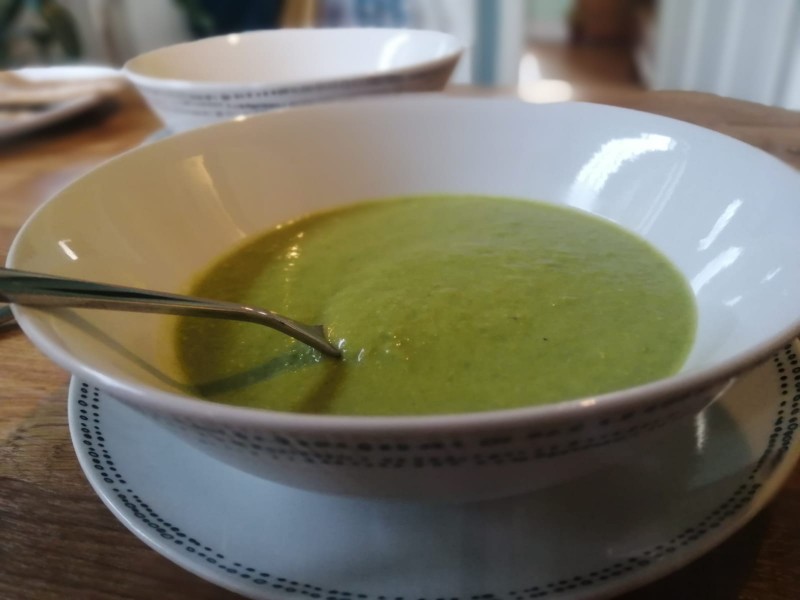
- Think about structuring vegan options in just the same way that you structure meat dishes. We all need the same bases covered. Where’s the protein? Where are the carbs? Where are the vegetables? Where’s the flavour?
- Why not try serving everyone a meat-free starter or main so you don’t need to make separate dishes? Just because someone eats meat doesn’t mean they want it at every meal. If you provide a daily veggie/vegan option you may well find that it becomes the most popular choice!
- As Steve Dale from the award-winning Moreton Centre tells us: "The way that we monitor the success of a meal is what comes back on the plate – and not a lot is coming back. We put on six options today, and only one was a meat option. Veggie options are taken up well."
- Don’t be scared to combine lots of different vegetables in one dish. Cook them in many ways too: mash them, roast them, marinade them, steam them or fry them for different flavours and textures.
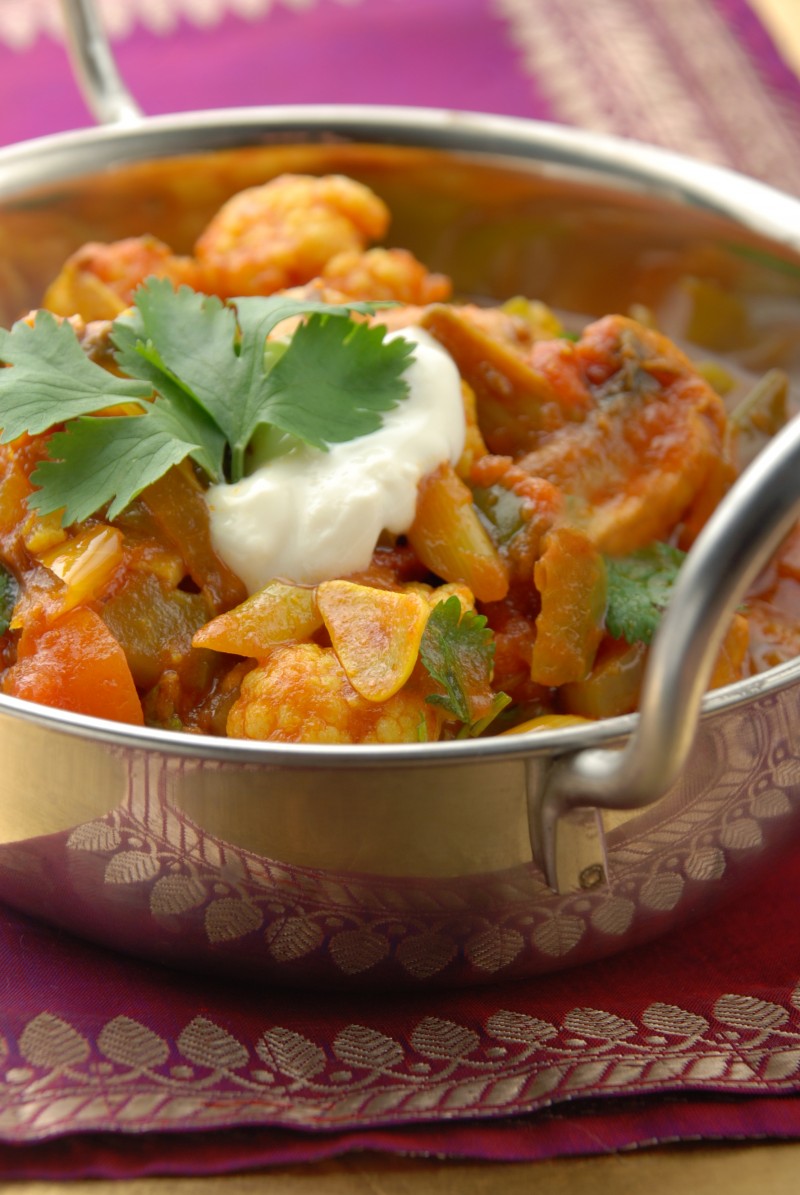
- Consider what pre-prepared dishes you could order in from your existing suppliers to save some time on busy days. Alex, V for Life's Roving Chef (North) says: “Food manufacturers are really getting on board and producing a wide range of pre-prepared vegan dishes from mains and desserts to seasonally inspired dishes. If you have not had a recent look online you may be amazed at what is available... these are great if you are short on time, or just catering for a small number of vegans”.
- Consider using vegan sausages and burgers, ready meals, ‘fish’ fillets or pre-prepared cakes and desserts.
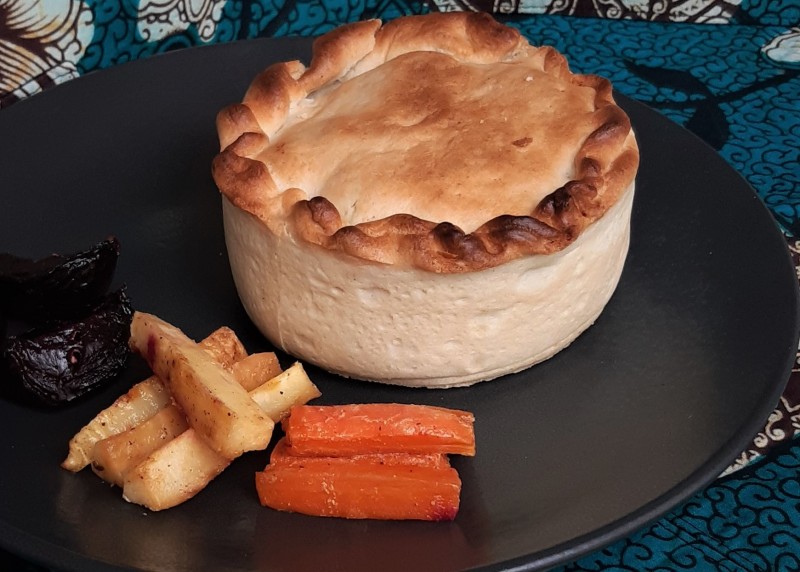
- Think big and punchy flavours. Seek inspiration in international cuisine. Countries where large numbers of the population follow a meat-free diet such as India, Israel and Taiwan can be a good starting point.
- Freeze extras and label well for another day.
- If you have some spare time, do a bit of veggie batch cooking. If making a lasagne, for example, cook extra veggie mince and it can be frozen and used in future for a Bolognese or bean chilli.
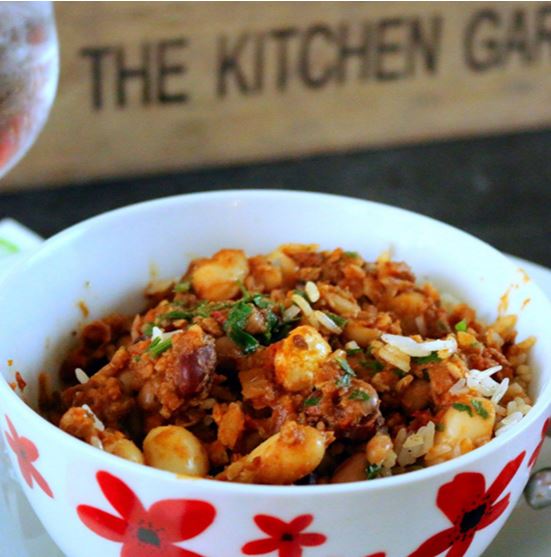
- Serve dishes in different ways to add variety to your menu. A bean chilli could be served with rice one day, with jacket potato, or in a wrap. Our mushroom medley is a fantastic, versatile dish that can be served in different ways, too.
- Vegan baking can be a great way to try adding some vegan options to your menu. Vegan bakes will be egg-free and dairy-free too, making them suitable for others with allergies or those excluding foods for religious reasons. Often you just need to make some simple swaps: switch butter to a dairy-free alternative such as Pure or Vitalite or if a recipe calls for milk, replace with plant-based milk such as almond or soya milk. Check out V for Life's Vegan Baking guide for more inspiration. Justina, V for Life's Roving Chef (Central) says: “Some bakes can be made and frozen in slices. Having vegan sticky toffee pudding as a large tray bake is perfect. Serving half and freezing the other half for the future is a great time saver.”

Easy veggie/vegan swaps for your menu:
- Sausage and mash – keep vegan sausages stocked in your freezer and they make an easy swap. Remove some of the mash for the vegan resident before you add the milk and butter to keep it vegan. Don’t forget to make a vegan gravy, or serve everyone the vegan gravy. Bisto original is 'accidentally vegan', so suitable for all. Vegan sausages make a great addition to a veggie breakfast too.
- Lasagne and pasta dishes – make with roast veggies or swap the mince for a veggie mince or lentil base. Make a white sauce simply by swapping out butter and milk for plant-based substitutes. Top with grated vegan cheese such as Violife.
- Cottage pie/Shepherd’s pie – swap the mince for veggie mince or lentil base.
- Sunday dinner – make a nut roast, slice and freeze the extras for next time so that you don’t have to prepare a separate option each week. Cook the roasties in oil instead of animal fat and skip adding butter to the veggies.
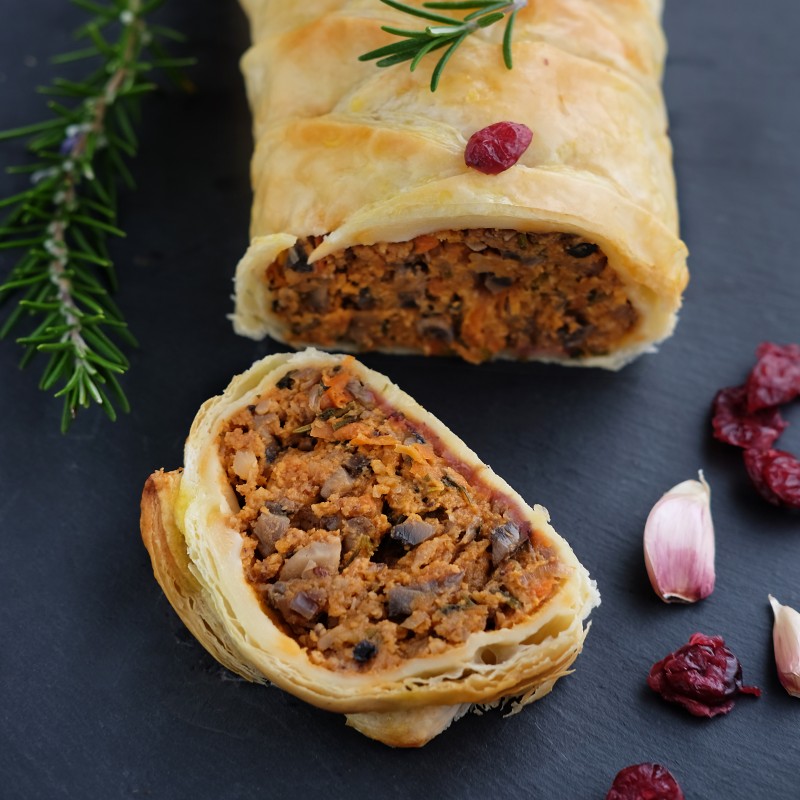
- Pies – Jus–Rol pastry and other similar brands are usually vegan. Check the packet to double check. If making a pie, make a separate vegan filling. Make extra and freeze.
- Fish and chips – try making ‘tofish’ or, for a quick, easy alternative, there are plenty of ready–made vegan ‘fish’ options.
- Curries – swap the meat for veggies, chickpeas, lentils or you can even get plant-based ‘chicken’ pieces.
We hope that you’ve found our tips for busy caterers useful. If you are totally new to vegan catering, V for Life offers several resources. Our Catering Guide is a great starting point for anyone catering for older vegans or vegetarians. We have numerous recipes on our website too, so you’ll find plenty of inspiration.
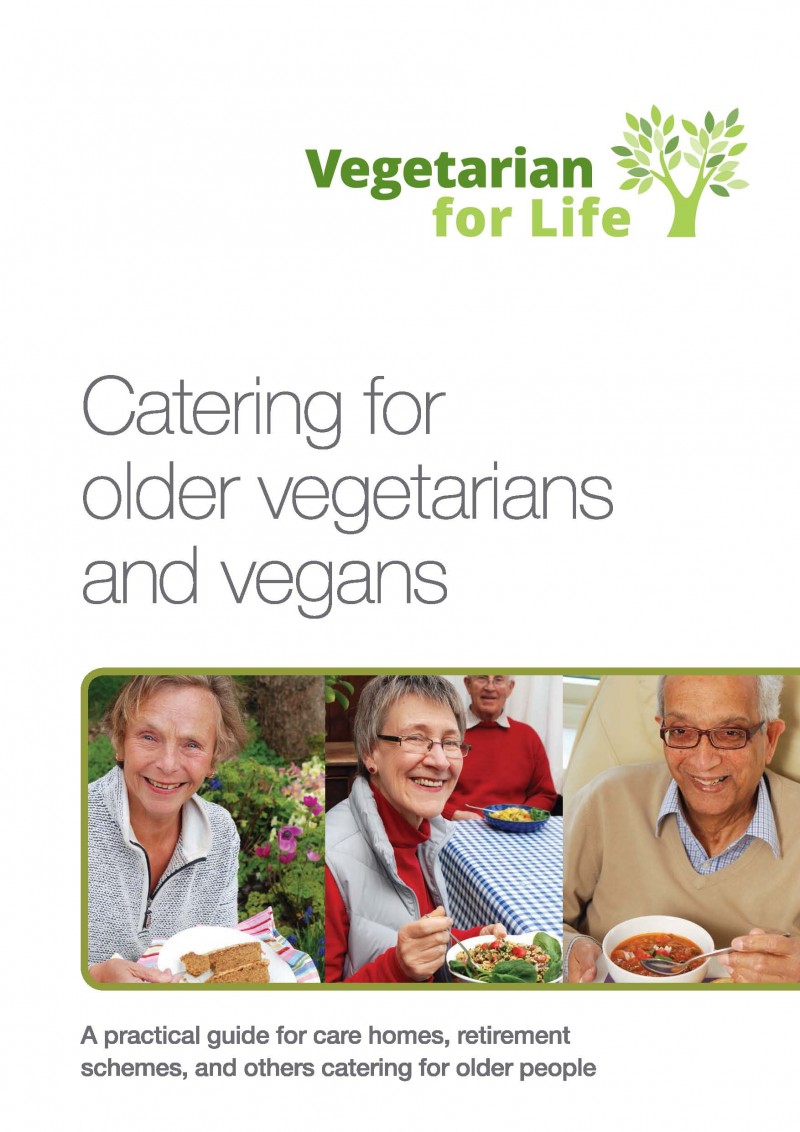 We also offer a range of training, including 'Meat-Free 101', and a British Dietetic Association accredited online care caterer training series for those that want to go the extra mile for their veg*n residents. Further details can be found here or email our training coordinator ellie@vegetarianforlife.org.uk for more information.
We also offer a range of training, including 'Meat-Free 101', and a British Dietetic Association accredited online care caterer training series for those that want to go the extra mile for their veg*n residents. Further details can be found here or email our training coordinator ellie@vegetarianforlife.org.uk for more information.






 We also offer a range of training, including 'Meat-Free 101', and a British Dietetic Association accredited online care caterer training series for those that want to go the extra mile for their veg*n residents. Further details can be found here or email our training coordinator ellie@vegetarianforlife.org.uk for more information.
We also offer a range of training, including 'Meat-Free 101', and a British Dietetic Association accredited online care caterer training series for those that want to go the extra mile for their veg*n residents. Further details can be found here or email our training coordinator ellie@vegetarianforlife.org.uk for more information.